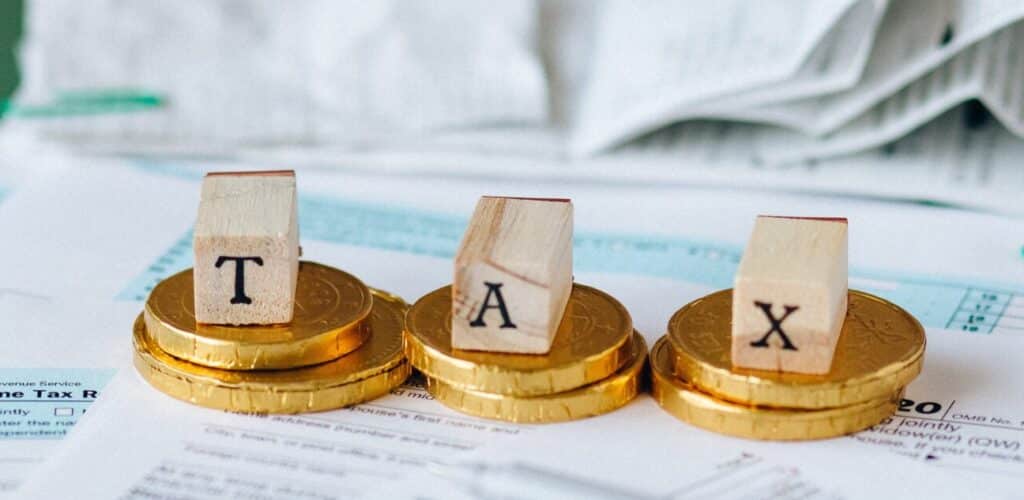Your Unique Taxpayer Reference (UTR) number is important when it comes to filing your self-assessment tax return. Here’s how to go about getting one.
What is a UTR number?
A UTR number is what HM Revenue & Customs (HMRC) uses to identify you as a taxpayer. You’ll be sent a UTR number when you register for self-assessment so that you can file your tax return each tax year. You’ll need to do this to inform HMRC of your income, gains and relevant expenses and to pay your tax bill.
What does a UTR look like?
A UTR number is 10 digits long, usually followed by the letter ‘K’. Your UTR number is completely unique to you and once you’ve been sent your UTR number, it will never change.
Who needs a UTR number?
You’ll need a UTR number if you need to submit a self-assessment tax return. And you’ll need to do this if in the last tax year:
- You were a self-employed sole trader and earned more than £1,000
- You were a partner in a business partnership
- You earned £100,000 or more
You might also need to file in a tax return if any of the following apply:
- You’re a landlord and your income from renting out a property was more than £2,500
- You earned more than £2,500 in untaxed income through tips or commission, for instance
- You need to pay Capital Gains Tax on profits from selling shares or a second home
- Your income from savings or investments was £10,000 or more before tax
- You or your partner’s annual income was more than £50,000 and you receive Child Benefit
- You have income from abroad that you need to pay tax on
- You’re a company director (excludes non-profit organisations)
- Your State Pension was your only source of income and was more than your personal allowance.
How are UTR numbers used in self-assessment tax returns?
When you file your self-assessment tax return, you will be asked to enter your UTR number. HMRC uses your UTR number to keep track of your tax obligations and to match records to payments. Without one, you won’t be able to submit your self-assessment tax return correctly which could result in a fine.
Keep in mind that if you have your own limited company, you will also have a company UTR number which you will need to file your company accounts. This is separate from your personal UTR number which you will need to file your personal tax return.
How do I get my UTR number?
To get a UTR number you will first need to register for self-assessment. The easiest way to do this is via the gov.uk website. You can do this as soon as you start trading, but you must have registered for self-assessment by 5 October in your business’ second year. When registering, you will need to provide the following information:
- Your full name
- Your National Insurance number
- Your home address and phone number
- Your email address
- Your date of birth
- The date you launched your business
- The type of business you run
- Your business address and phone number
You should receive a letter in the post with your UTR number within 10 days, or 21 days if you’re abroad. You will also be sent a UTR activation code separately. You have 28 days in which to use it.
Where can I find my UTR number if I lose it?
If you have been issued a UTR number already but can’t find it, you should be able to locate in on documents including:
- Your welcome to self-assessment pack
- Your tax return paperwork
- Payment reminders
- Your statement of account
- Your notice to file a tax return
You can also find it by logging into your HMRC account online or via the app. If you have no luck, you can call HMRC’s self-assessment helpline on 0300 200 3310. You will need to have your National Insurance number to hand and note that you won’t be given your UTR number over the phone. Instead, you’ll receive it in the post within 10 days.



































 yet? Register here!
yet? Register here!